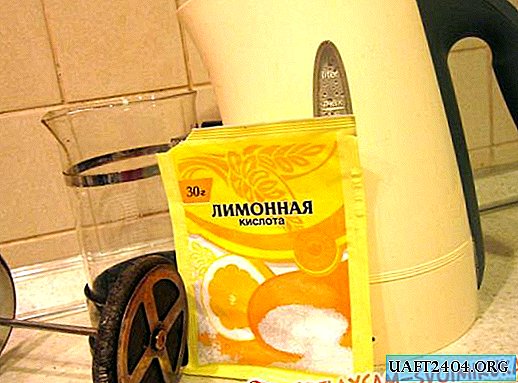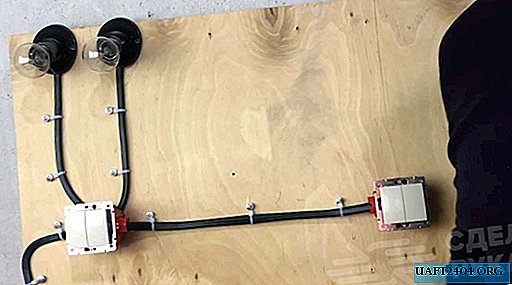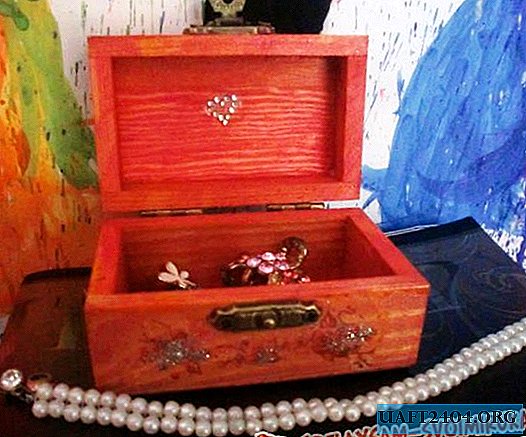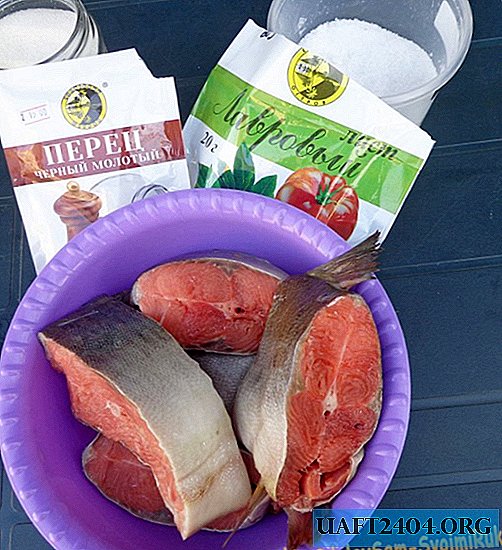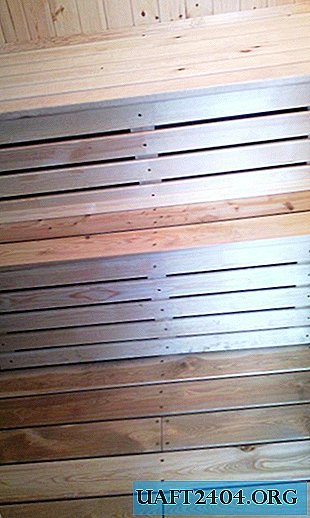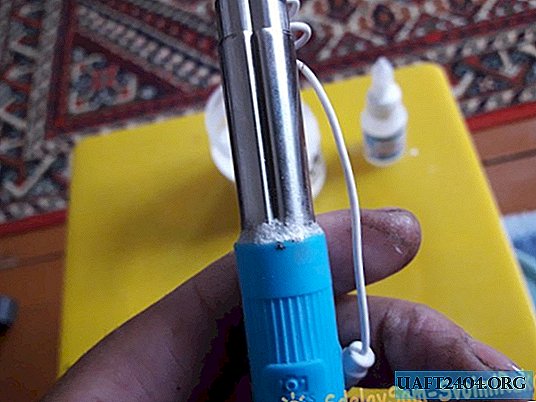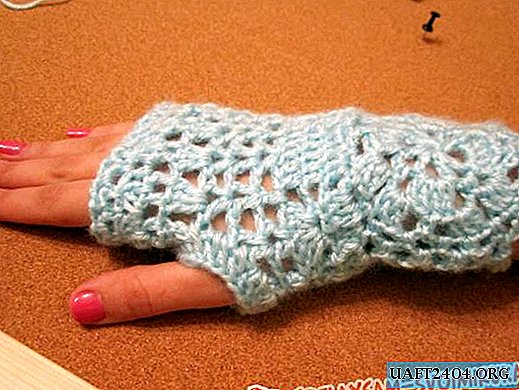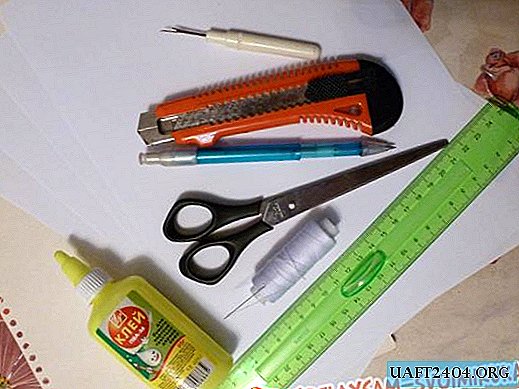Share
Pin
Tweet
Send
Share
Send
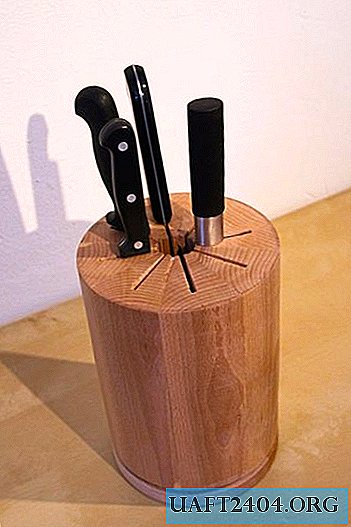

We will not talk about rotating knives and jugglers in this instruction, but one way or another it will seem interesting to you. Here I will describe the process of creating a rotating knife stand with a homemade bearing.
The stand has the shape of a cylinder, the diameter of its base is about 18 cm, and the height is about 25 cm.
Tools and materials
You will need the following tools:
- A circular machine with a cutting depth of at least 6 cm (a hand-held circular saw will most likely not cope with the task).
- Coupling belts.
- Wood lathe (with a spindle height of at least 10 cm).
- Belt grinding machine.
- Rasp (or well sharpened turning chisels).
And the following materials:
- Bars from any hard hardwood - at least 8 pieces measuring 6 cm x 6 cm x 20 cm (I had 2 beech bars 1.9 m long).
- A board made of the same wood species (approximately 20 cm x 20 cm x 1.9 cm).
- Joiner's glue.
- Duct tape.
- About 50 steel balls with a diameter of 1 cm.
- Varnish for wood.


Design and calculations

To create a knife stand, you need to cut the grooves in the bars, and then make oblique sections so that the glued 8 parts create a circle.
The figure above shows the diagrams for the bars.
The width of the bars and the depth of the cuts are presented for different options: for the perfect octagonal version and the minimum version (their differences can be seen in my figure). It is easier to glue a full octagon, since its parts can be adjusted along common edges, but this option requires more material and a deeper cut.
The distance between the oblique sections is very important for the total diameter of the stand.
To create a bearing, it will be necessary to make 2 identical V-shaped grooves in the base and in the stand block using a lathe. Then, steel balls will be inserted into the space between the base and the block.
Material sawing

At this stage, you will need to fit the bars to exactly the same size and grind so that they can be tightly glued together.
First, create a groove for the groove of the required depth (d) exactly in the middle of the bar.
Then turn the bar over and make oblique slices at an angle of 22.5 degrees. The center of the gutter should be equal to the middle of the space between the oblique cuts.
Now you need to cut the bars to the same length (mine was 22 cm long).
The base is an ordinary board, in the center of which you need to drill a hole to place it in a lathe and grind a rough circle (1 cm wider than the desired radius of the finished knife stand).
Gluing







Apply a large amount of glue to all prepared bars and place them next to each other, fastening with duct tape.
Since oblique sections are unlikely to be perfect, you will have to glue the two halves separately, then sand them to get even surfaces, and after that start glueing. This way you can avoid gaps between the parts.
After applying the glue, take the two halves, place a few sticks between them and pull them together with straps.
When the glue has dried, sand both halves with a grinding machine and glue them again using belts.
Block and base processing





Placing the resulting block on a lathe can be difficult. To simplify the task, I took a small piece of wood and placed it in a hole on one side of the block.
After that, you can start processing using a large semicircular chisel at the beginning of work and a finishing chisel at the end.
Also process the top and bottom of the block so that these surfaces become completely even and you do not have to bother with grinding for a long time later.
At the bottom of the delivery block, cut a small V-shaped groove (about 5 mm deep) in which the steel balls will be located.
After processing the base of the stand, cut a groove in it of exactly the same diameter as on the block (also about 5 mm deep).
Final touches and further plans





It is likely that during alignment of the upper and lower parts of the block, small roughnesses will remain in the grooves. To eliminate them, I used a small file. After polishing the upper part, I covered the block and base of the stand with several layers of varnish with a spray gun.

Then it remains only to place the steel balls in the groove in the base, put the block on top, insert the knives - and voila: you have a rotating stand for knives of your own production.
Future plans.
Watch the video
If I ever decide to make another stand, I will try to make it convex, in this case the knives in the grooves will be noticeable. This time I just didn’t want to experiment, as I was making a present for a friend.
Original article in English
Share
Pin
Tweet
Send
Share
Send

